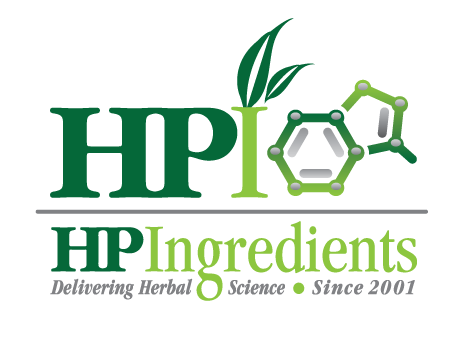It’s interesting how the phrase “it has good bones” is now popular to mean that anything older is worth salvaging because it’s structure is still solid and sound.
As we age, women in particular, those “good bones” may begin to weaken, become more porous and brittle. It is estimated by the NIH that one in two aged women will develop osteoporosis, a disease of the skeleton.
There are several key risk factors of developing osteoporosis. Low estrogen levels contribute, and, similarly, low testosterone can put men at risk as well. Some medicines may increase the risk, lack of exercise, smoking and excessive alcohol consumption also exacerbate the risk.
Osteoporosis is known to be caused by an accelerating imbalance in bone remodeling.
Healthy bones involve two coordinated actions: bone formation (by osteoblast) and bone reabsorption (by osteoclast). In the process of bone formation, osteoblasts produce a calcium and phosphate-based mineral that is deposited. Almost the entire bone matrix is mineralized by the osteoblasts. An osteoclast is a type of bone cell that resorbs and break down bone tissue. Balance of bone formation and bone resorption tends to be negative with age, particularly in post-menopausal women. Osteoporosis is the most common bone disorder, caused by excessive bone resorption by osteoclasts without adequate bone formation by osteoblasts. Increased bone resorption, trabecular thinning and decreased connections between the remaining trabeculae are predominantly caused by the decline of estrogen in post-menopausal women.
An extract of Andrographis paniculata has been shown in research to help support the healthy balance of bone turnover. A study in mice showed that those given the supplement had increase in bone mass, trabecular thickness and number and a decrease in trabecular separation compared to the mice that were not given the supplement (control group).
Researchers found that the herb suppressed a biochemical called Receptor Activator for NF-kB ligand (RANKL), which induces the formation of osteoclasts in the bone marrow. Fewer osteoclasts means a slower rate of bone breakdown, so that normalized bone buildup can be maintained.
What other things can women do to keep bones strong? It’s well understood that calcium is necessary for healthy bones, as well as its compatriot, vitamin D. But this combination is incomplete without vitamin K2 as menaquinone-7, which has been shown to activate osteocalcin, a protein that helps ensure incoming calcium from food and beverages gets deposited into the bones and away from cardiovascular arteries, where calcium also likes to adhere.
For bone health, the combination of Andrographis paniculata, calcium, vitamin D and vitamin K2 make for the most whole, comprehensive supplemental approach to sustaining bone health.


